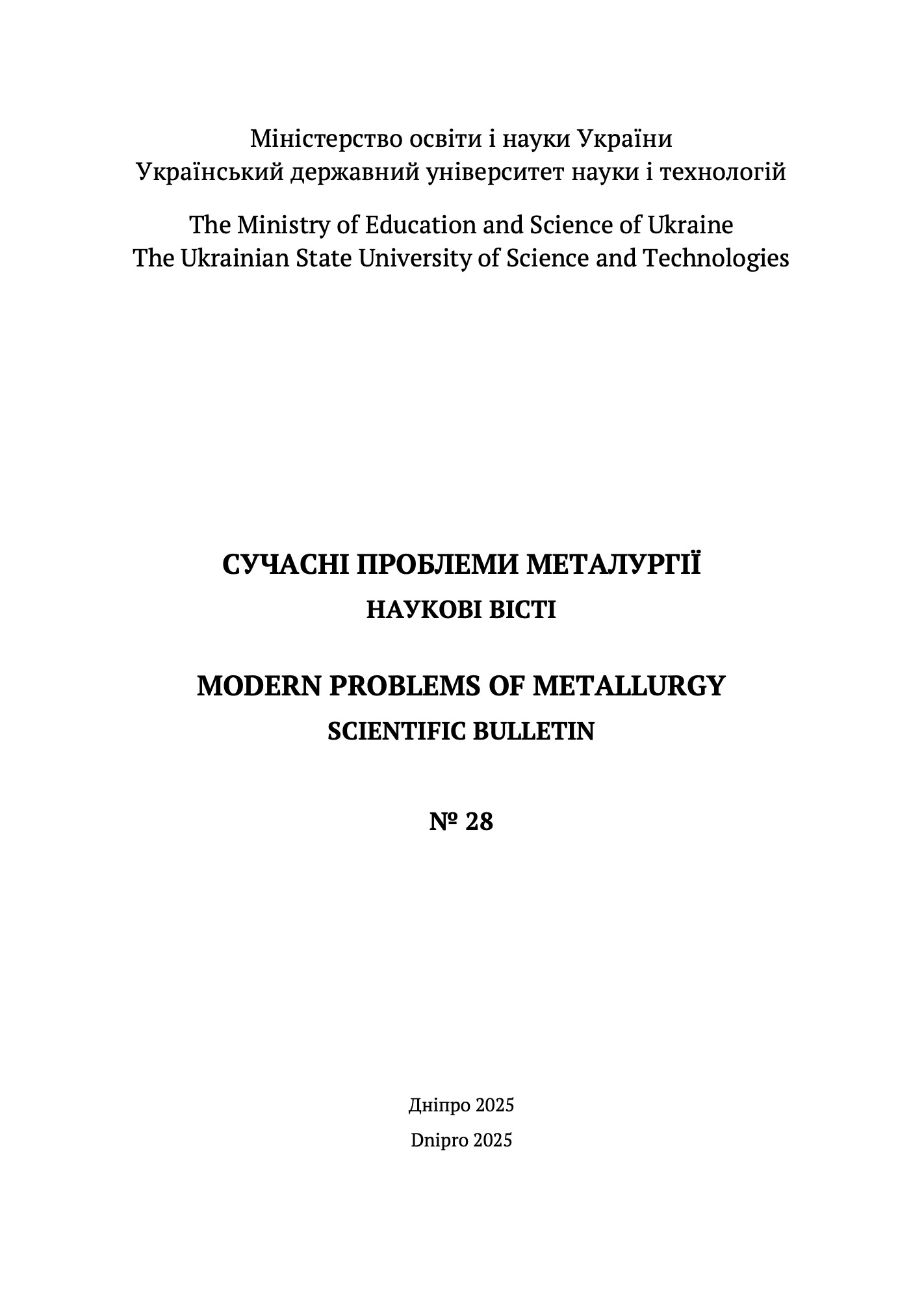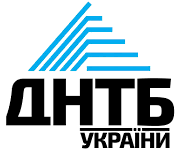ALLOYING ELEMENTS SYNERGIC AND SELECTIVE EFFECT ON MECHANICAL PROPERTIES OF CU-AL-SI-SN-MN SYSTEM BRONZE
DOI:
https://doi.org/10.34185/1991-7848.2025.01.10Keywords:
bronze, strength, plasticity, hardness, properties, aluminum, die mold, sand mold, magnetic permeabilityAbstract
Alloying elements synergic and selective effects on mechanical properties of Cu-Al-Si-Sn-Mn system cast bronze, which melt was poured and cooled into sand and steel molds, studies results are presented. Purpose – to establish regularities of Cu-Al-Si-Sn-Mn system alloying components synergic and selective influence and conditions for forming cast, non-heat-treated bronze with mass content of aluminum - 6.0...7.5%, silicon - 1.0...2.5%, manganese - 0.21...0.45%, tin - 1.0...2.2% on its mechanical properties at normal temperature, which melt has been poured into sand and steel casting mold. To determine studied bronze chemical composition complex influence on its mechanical properties, criterion КR has been used. Cast bronzes chemical composition has been determined on EXPERT 4L precision analyzer. Temperature interval for which bronze samples average-weighted cooling rate was calculated has been determined based on differential thermogravimetric analysis results, which has been performed on synchronous thermal analyzer STA 449 C «Jupiter», NETZSCH Co. (Germany). Bronzes mechanical properties have been determined based on samples destruction results on FP-100/1 machine and PSW-30 pendulum impactor. Brinell hardness has been determined on a ТШ-2 device. It has been established that alloying elements synergistic and selective effect on Cu-Al-Si-Sn-Mn system bronzes strength limit and yield strength are mainly determined by bronze cooling rate in casting mold, which increasing leads to alloying components selective effect character inversion on strength. Chemical elements selective influence nature on yield strength and hardness only partially changes in relation to tin and does not affect the changes nature in bronze plasticity indicators at all. At the same time, with bronze cooling rate increasing in casting mold, degree of alloying elements synergic and selective influence on mechanical properties of Cu-Al-Si-Sn-Mn system bronze decreases. Among alloying elements in Cu-Al-Si-Sn-Mn system bronzes, in terms of influence on mechanical properties level nature, hardness and chemical compounds in studied bronze structure amount, aluminum is antipode to tin, silicon, and manganese.
References
Composition and properties of aluminum bronze. URL : https://shop.machinemfg.com/composition-and-properties-of-aluminum-bronze.
Aluminum Bronze:Comprehensive Guide Its Superior Properties. Metal3DP. URL : https://met3dp.com/aluminum-bronzecomprehensive-guide-superior-properties/.
Official Site of Copper Development Association, Inc. (USA). URL : https://dev.copper.org/publications/newsletters/innovations/2002/08/aluminum_bronze.pdf.
Understanding Aluminum Bronze. URL : https://shop.machinemfg.com/understanding-aluminum-bronze/.
Powell C., Webster P. Copper Alloys for Marine Environments. New York : Copper Development Association, 2012. 29 p.
Greshta V.L., Lysitsya O.V., Stepanova L.P. Nonferrous metals and alloys based on them: a textbook. Zaporizhzhia: ZNTU, 2014. 286 p.
Copper.org - C95600 Alloy. Advanced Search for Wrought and Cast Copper Alloys. URL: https://alloys.copper.org/alloy/C95600.
Magnetic Behavior of Bronze: How Magnetic Are Bronze Alloys? - BOYI. BOYI. URL: https://www.boyiprototyping.com/materials-guide/is-bronze-magnetic/.
Kimstach T.V., Uzlov K.I., Repyakh S.I., Mazorchuk V.F., Usenko R.V., Ivanova L.Н. Physical and foundry propertiesof Cu-Sn-Al system alloys. Theory and practice. 2021. № 6 (131). P. 31–38. DOI: https://doi.org/10.34185/tpm.6.2021.05.
Kimstach T.V., Uzlov K.I., Repyakh S.I., Solonenko L.I. Optimization of tin and aluminum content in tin bronze according to mechanical properties indicators. Physical Metallurgy and Heat Treatment of Metals. 2022. V. 2. № 2 (97). P. 41–54. DOI: 10.30838/J.PMHTM.2413.050722.41.858.
Korinko P. S. Bronze Alloy Development for Zinc Vapor Capture. Journal of Failure Analysis and Prevention. 2017. Vol. 17, no. 3. P. 490–495. URL: https://doi.org/10.1007/s11668-017-0265-8 (date of access: 15.03.2025)..
Zinc Essentiality, Toxicity, and Its Bacterial Bioremediation: A Comprehensive Insight / S. Hussain et al. Frontiers in Microbiology. 2022. Vol. 13. URL: https://doi.org/10.3389/fmicb.2022.900740.
Downloads
Published
Issue
Section
License
Copyright (c) 2025 Modern Problems of Metallurgy

This work is licensed under a Creative Commons Attribution 4.0 International License.












